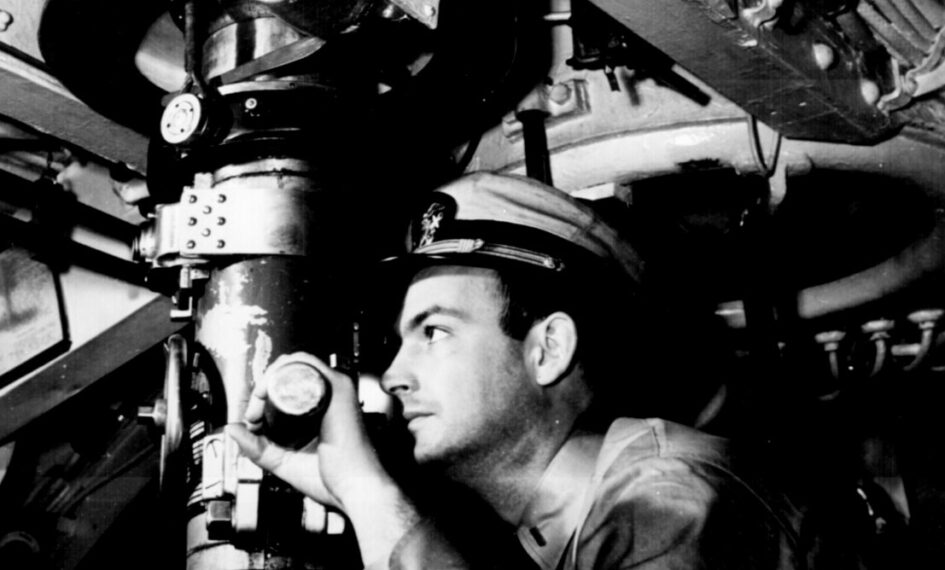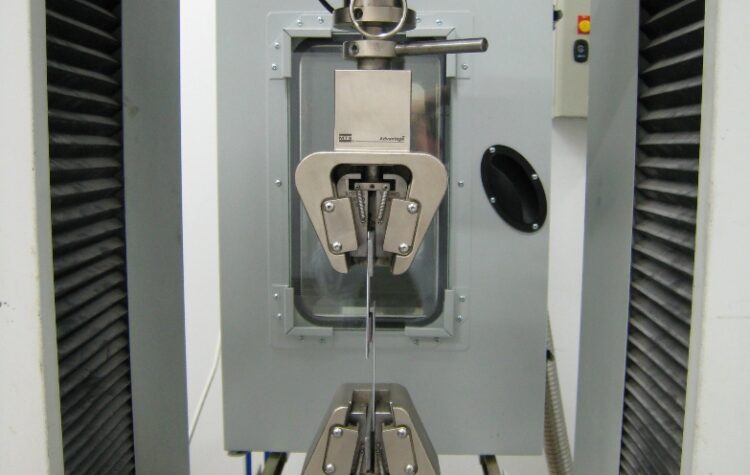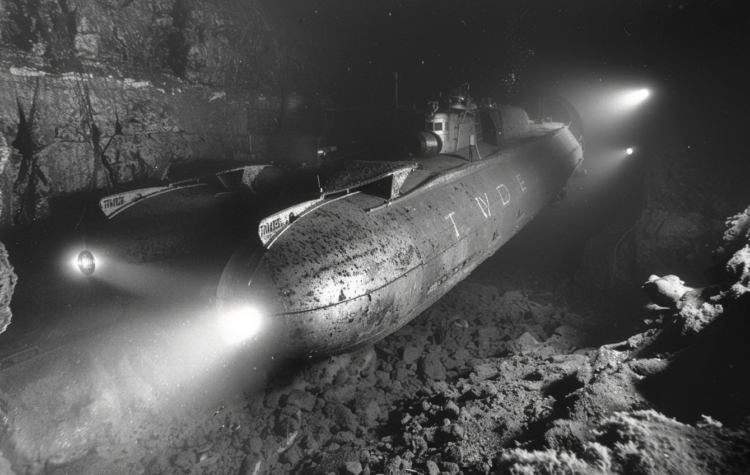The word “periscope” is used primarily to describe an instrument used in submarines and other vehicles to provide a view of objects or areas outside the line of sight. It typically consists of a tube with mirrors or prisms at each end, set at 45-degree angles, allowing the operator to see over, around, or through an obstacle or condition that prevents direct line-of-sight observation.
Etymology and Origin:
- Greek Roots: The word “periscope” is derived from the Greek words “peri” (περί) and “skopein” (σκοπεῖν).
- Formation and Meaning: Combining these roots, “periscope” essentially means “looking around” or “observing around,” which accurately describes the function of the instrument.
- Historical Usage: The term was first used in the early 20th century, particularly with the advent of its use in submarines during World War I. It provided a way for submariners to observe the surface of the water without exposing themselves to enemy fire or detection.
The development of the periscope is a fascinating part of military and nautical history, with its principles of optics and reflection having roots in ancient times but only becoming practically applied in these specific devices in the modern era.





 Consider supporting the author with just $1 —a small gesture for you, but a significant boost for ongoing explorations and maintaining this space. Every dollar helps cover hosting, domain, and service fees.
Consider supporting the author with just $1 —a small gesture for you, but a significant boost for ongoing explorations and maintaining this space. Every dollar helps cover hosting, domain, and service fees.